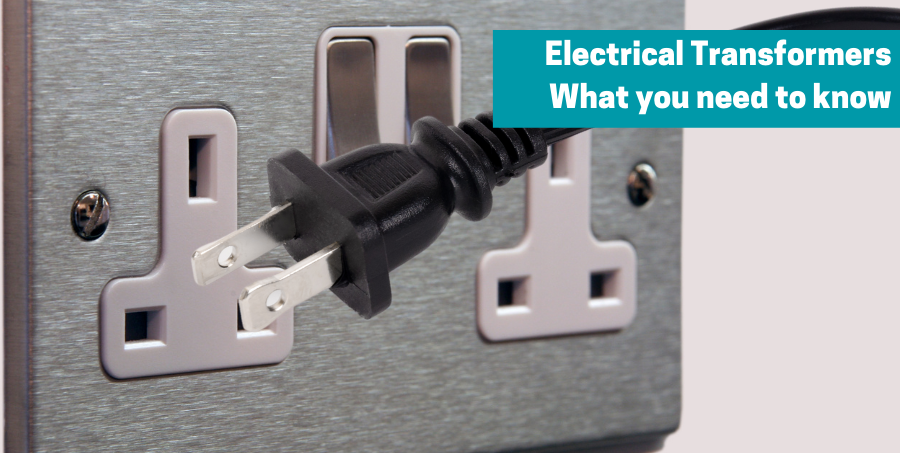When might you need an electrical transformer?

Here are a few basic definitions you need to know. Electrical transformers convert alternating current (AC) into voltages and come in two main categories: those that increase the voltage coming out of them while reducing the current (so-called “step-up” transformers) and those that do the opposite, by decreasing the voltage coming out of them while increasing the current (so-called “step-down” transformers). In other words, the designation “up” or “down” always refers to the voltage output.
The voltage entering an electrical transformer is known as the “primary” voltage, while the voltage it sends out is known as the “secondary” voltage. You’d need a step-up transformer, for example, if you wanted to use a 220-volt device (as in the UK) in another country that has a 110V supply (such as the US).
The opposite would be the case, of course, if you wanted to use a 110V device in a country such as Britain which has a 220V mains supply.
What this boils down to in effect is one of two scenarios. If you try to use a product bought in a country with a high voltage supply in a place with low voltage, you may not be able to power it at all. Meanwhile, if you try to use a product bought in a country with a low voltage supply, in one with high voltage, there’s a real danger that it will overheat, causing major damage to the equipment and even a fire.
But if you invest in a transformer of the right voltage, you can safely and effortlessly spare yourself either problem. You’ll end up safe in the knowledge that your transformer will always deliver the correct voltage to the device you need to use without failure or hazard.
To dig beneath the surface for a moment. Transformers are composed of at least two (sometimes more) coils of insulated electrical conductor wires that are wound around an iron core. There are no moving parts. When the input voltage is applied to the first coil (the primary or input) it magnetises the iron core. This magnetisation then induces a voltage in the other (secondary or output) coil.
Depending on how many turns around the iron core the secondary coil has in relation to the primary, the transformer will be a step-up or a step-down type. The rule of thumb is simple: if the secondary coil has fewer turns than the primary coil, the transformer will be a step-down type, but if it has more turns than the primary, it will be a step-up kind.
In other words, electrical transformers are “voltage ratio devices”, with the number of turns on the primary and secondary coils mirroring the voltage ratio. If there are twice as many turns on the primary than the secondary, for example, the device would be a step-down transformer, so that if the input were 220V, the output would be 110V. The reverse would be true of a step-up transformer.
Euronetwork stocks step-down transformers capable of converting UK voltages into US-compatible voltages, and step-up transformers for converting voltages from US to UK requirements.
Don’t risk damaging your equipment or accidentally starting a fire. Check out our transformers and enjoy peace of mind.

